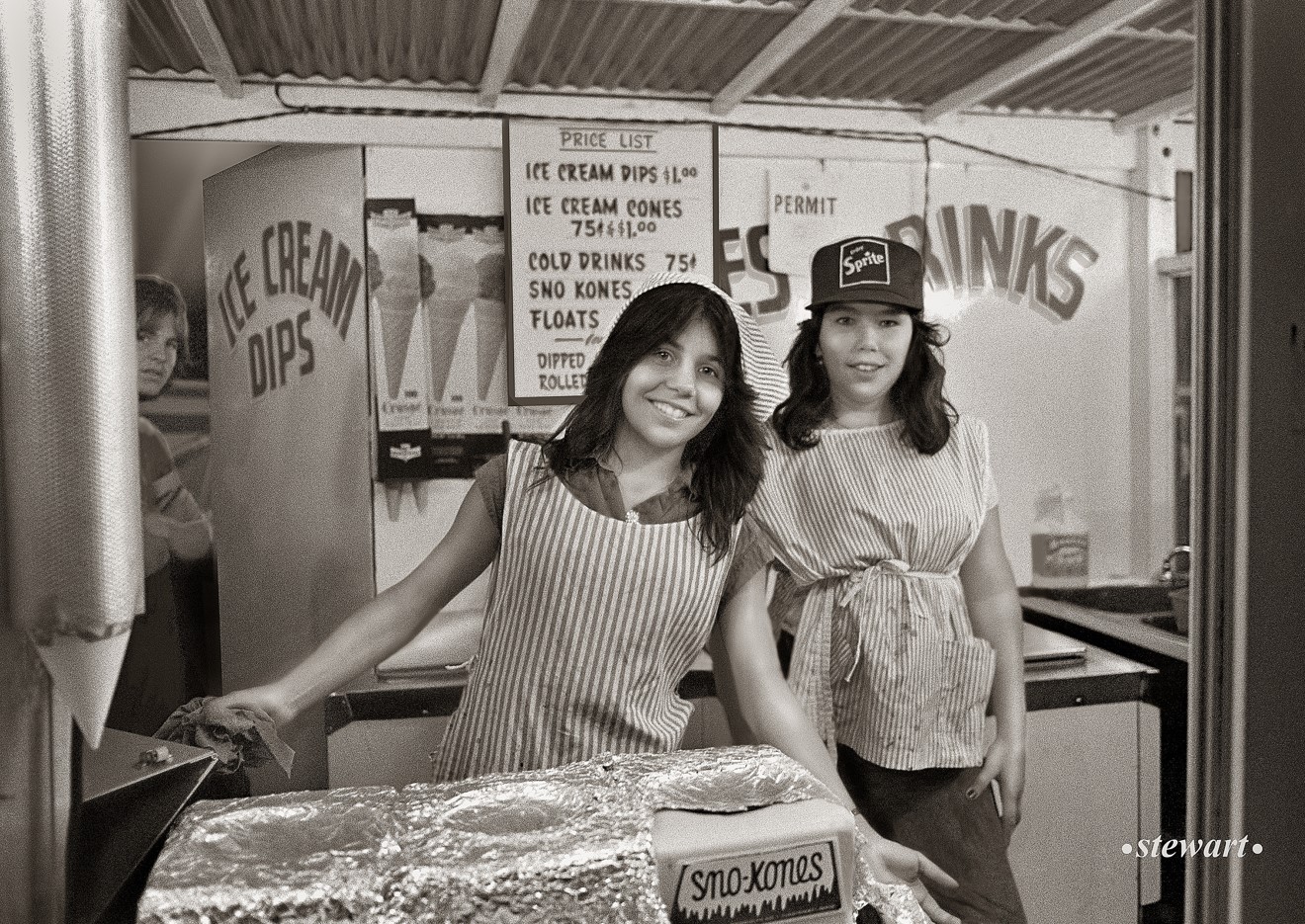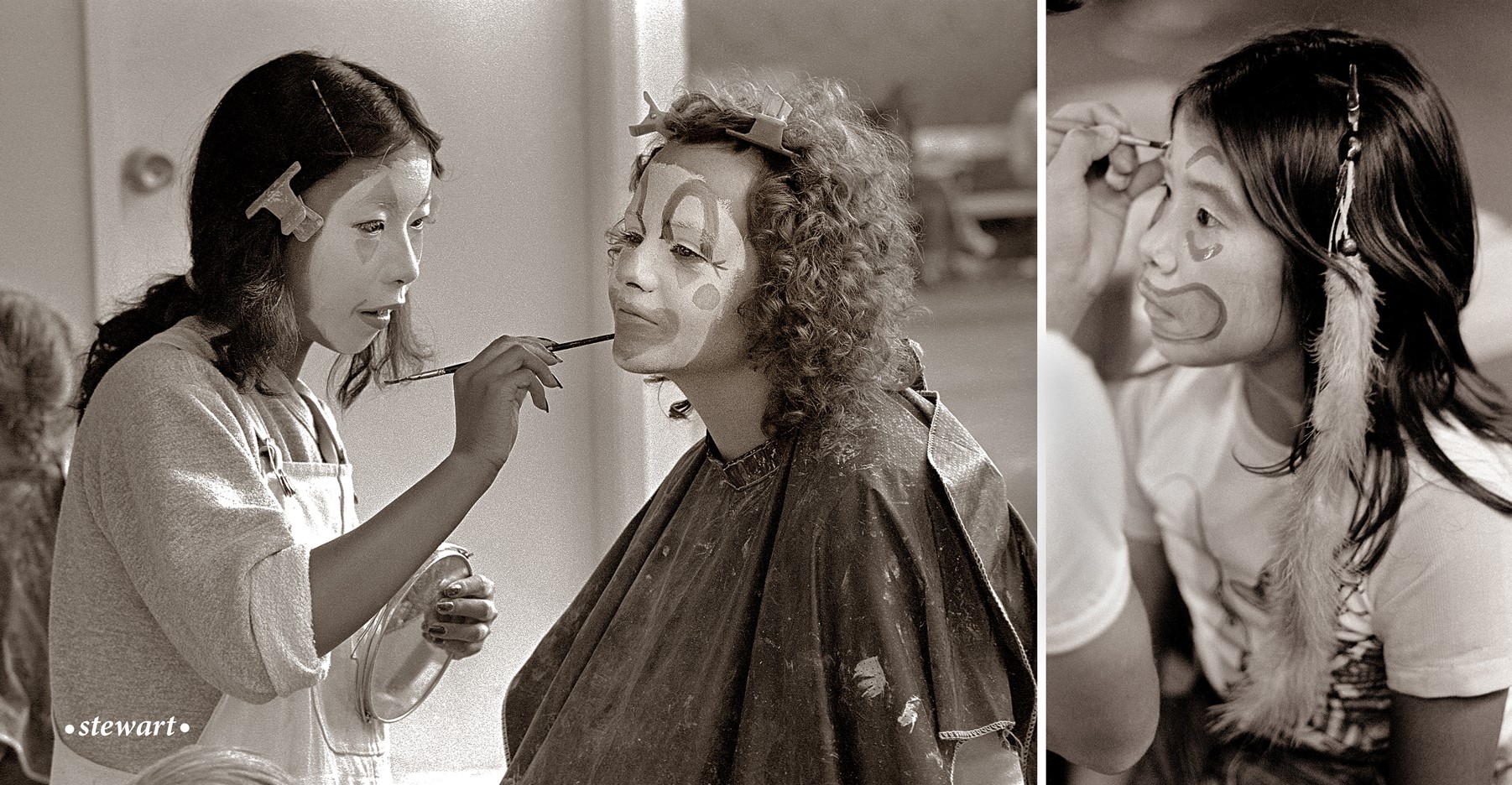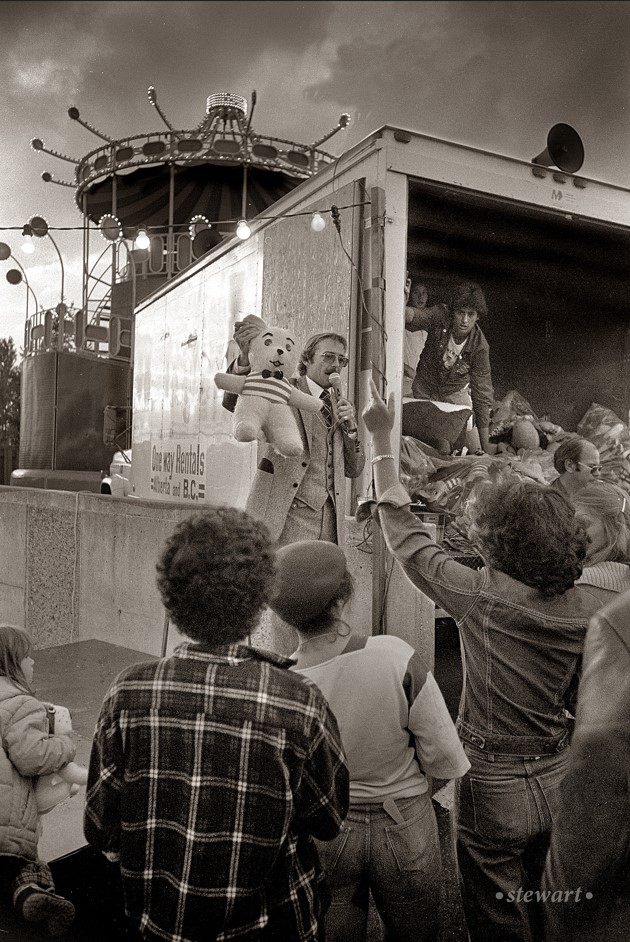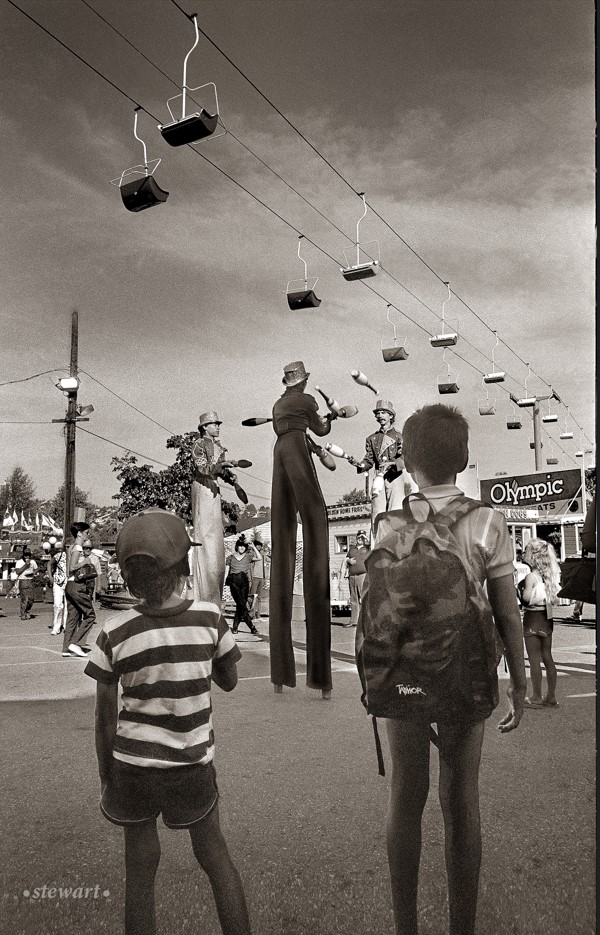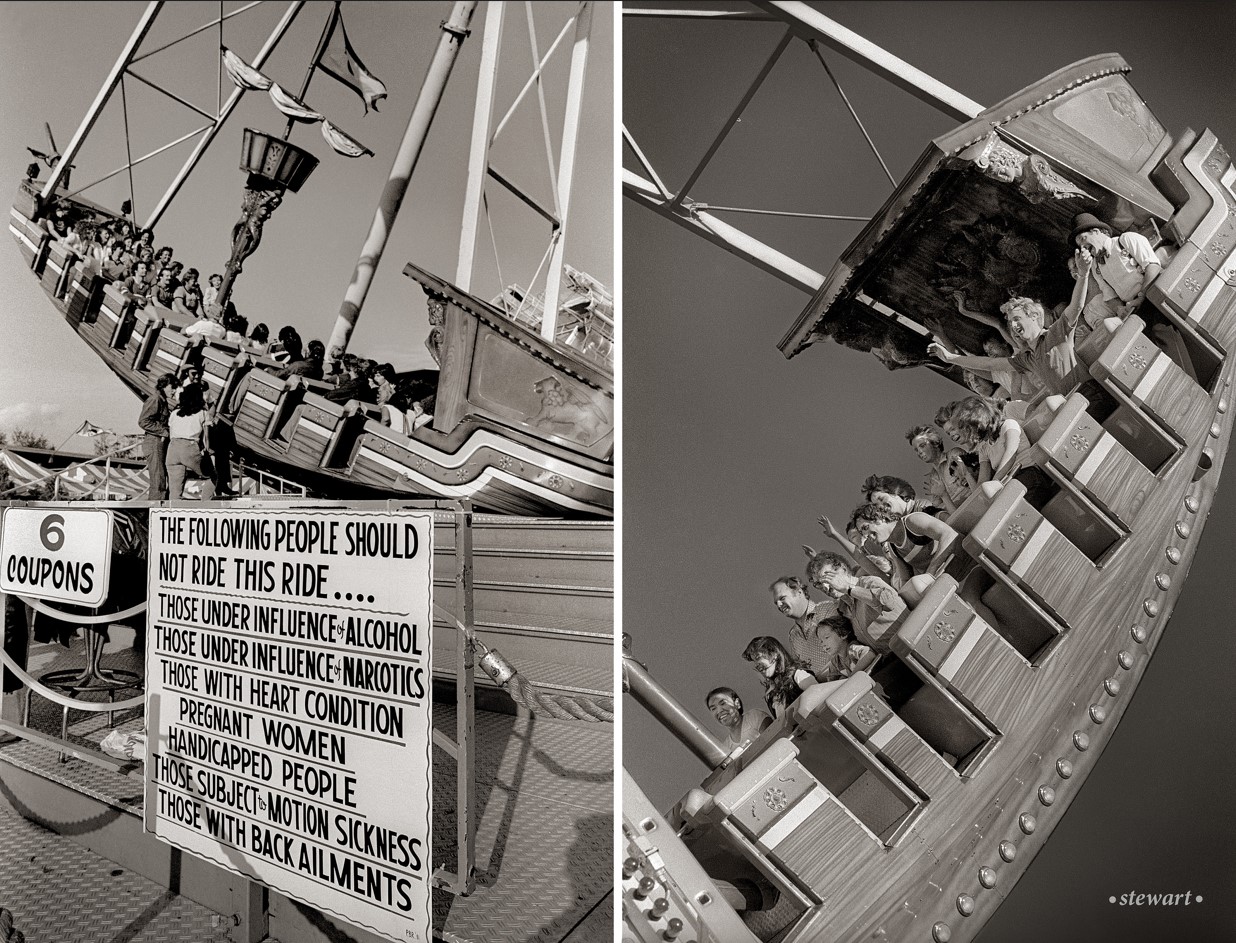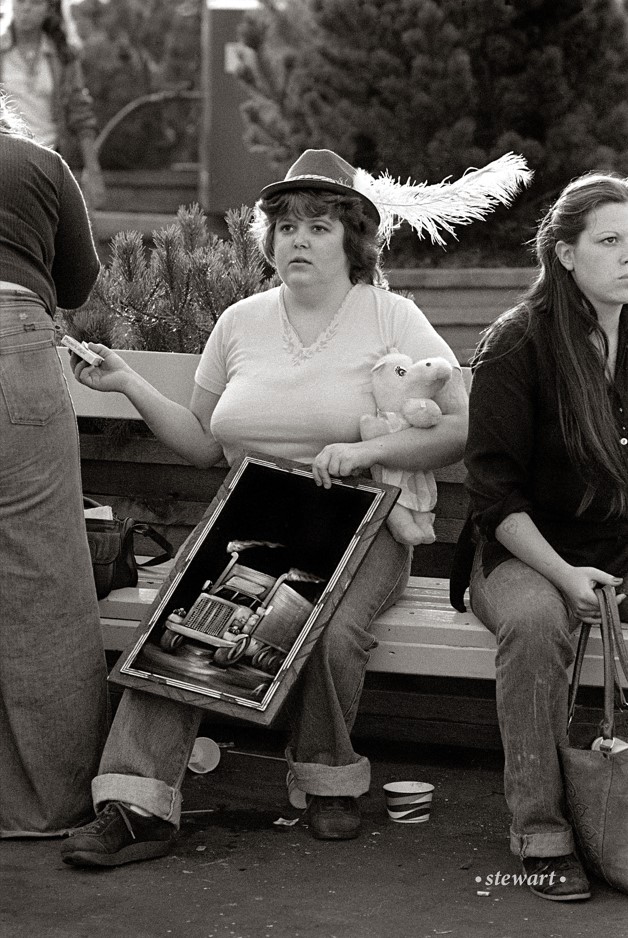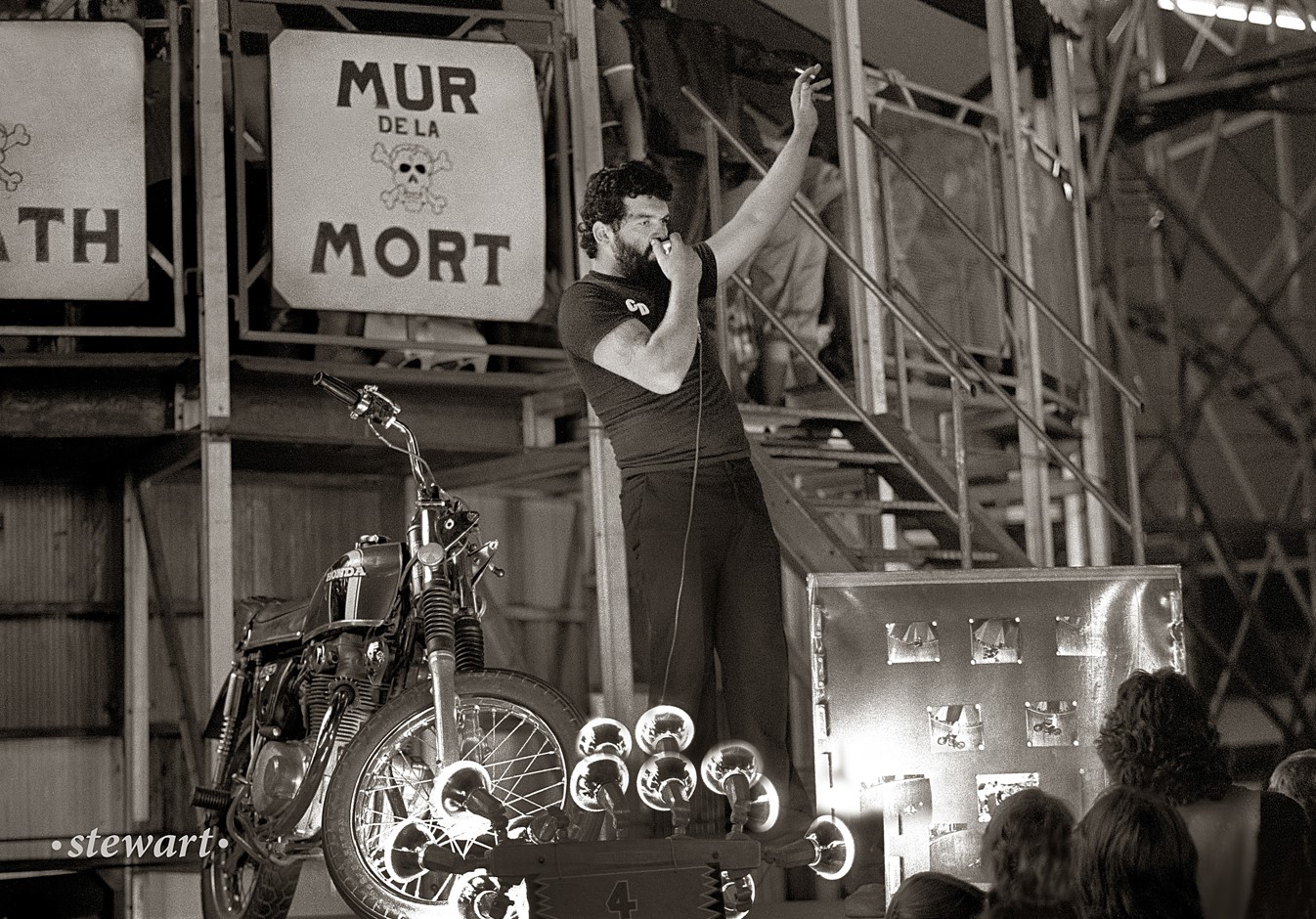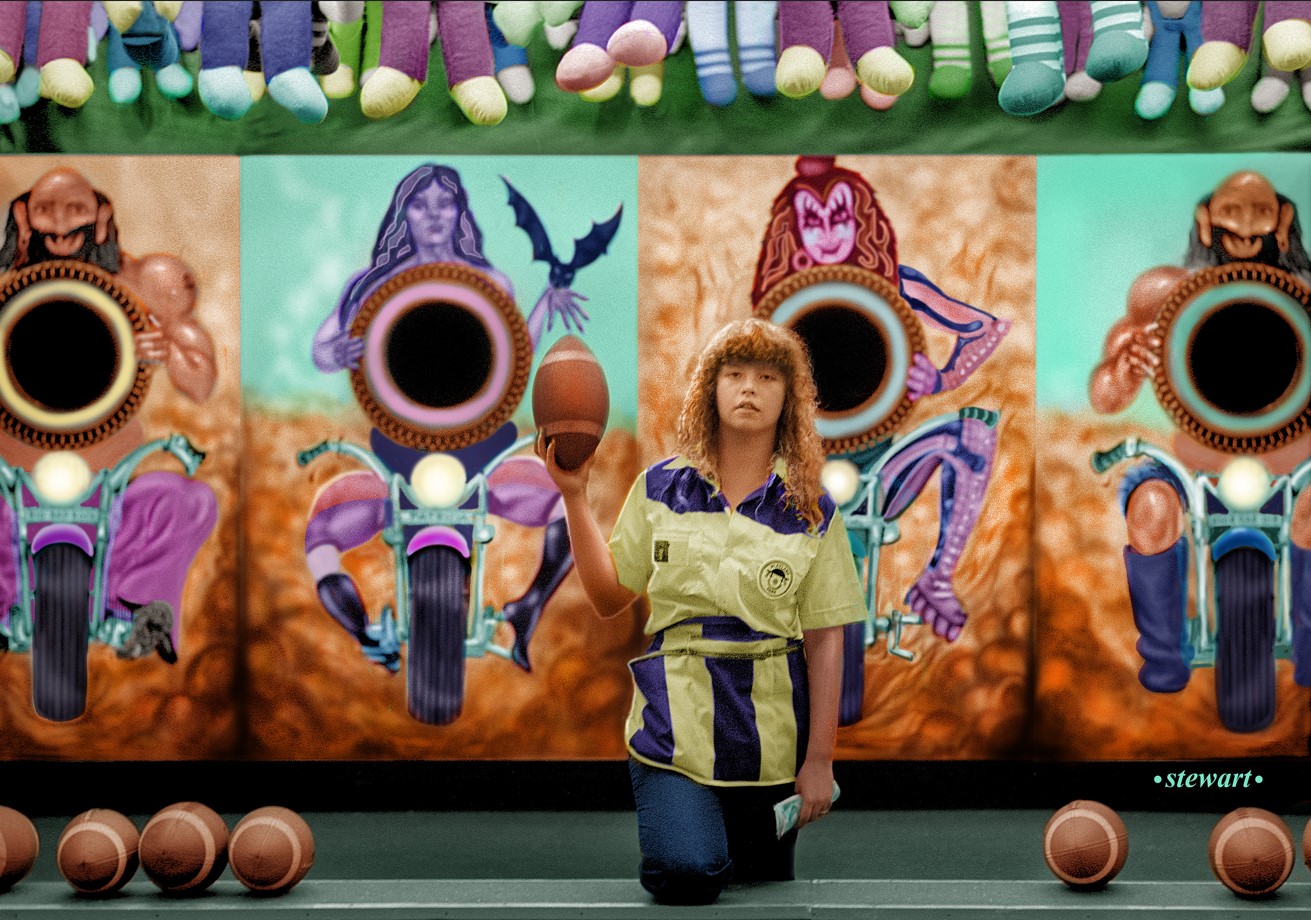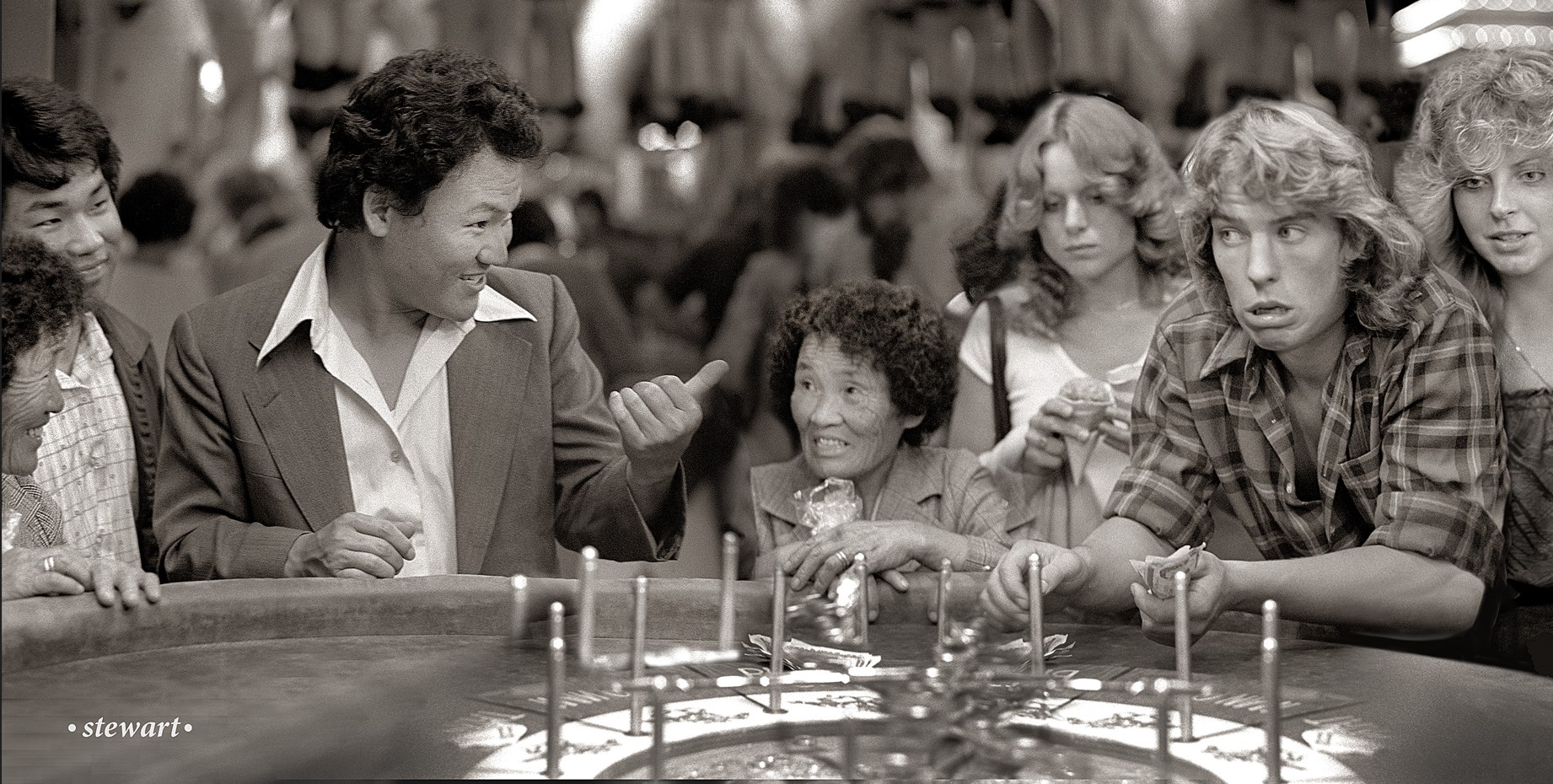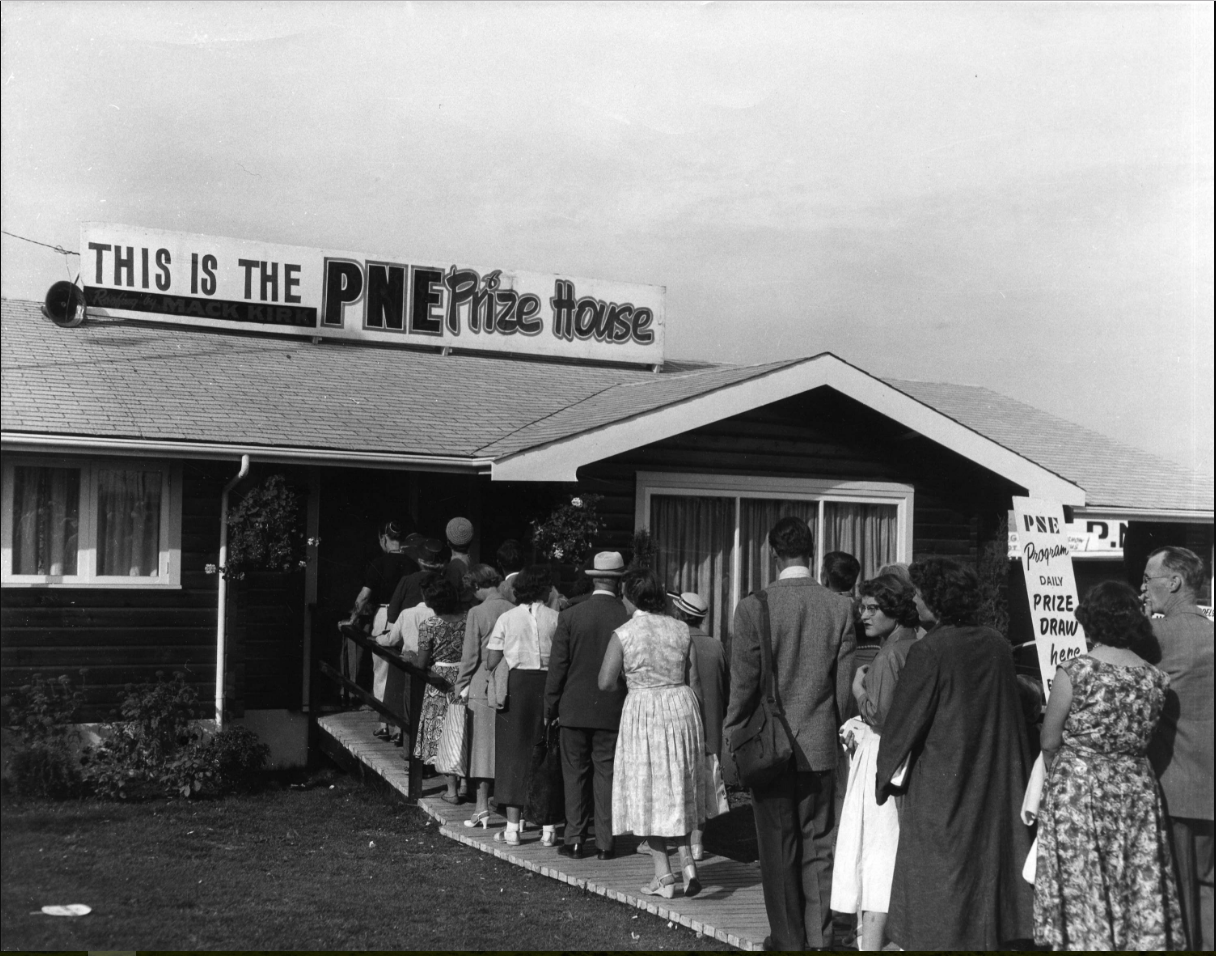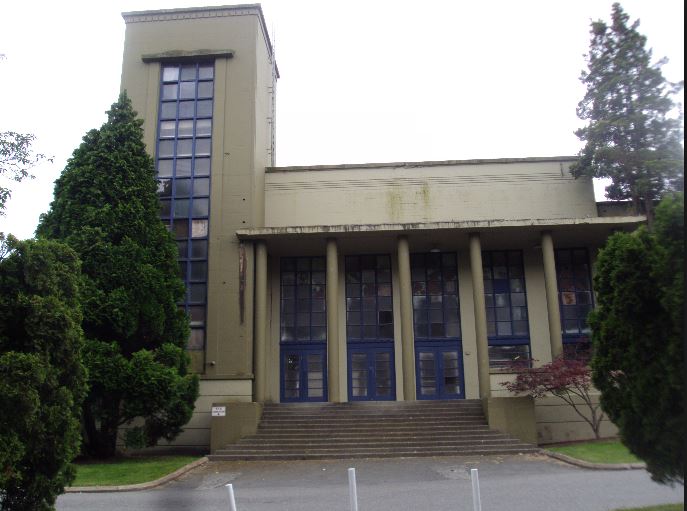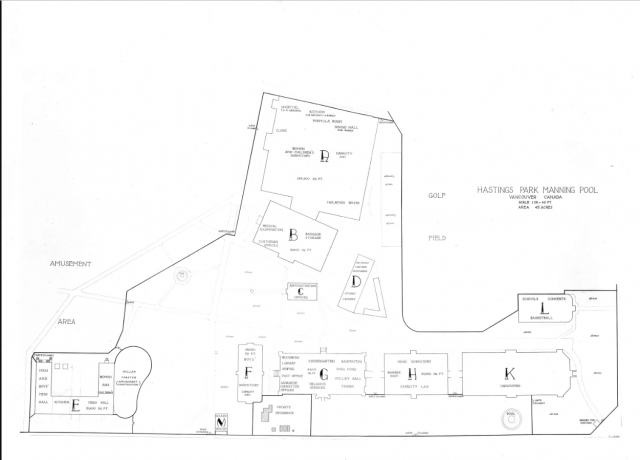I went to the PNE last week, the first time in more than 15 years. I’m not going to lie, it was pretty underwhelming.
For this post, I thought I’d draw from comments left on my August 17 blog and on my Facebook page Every Place has a Story. The general consensus from fairgoers seems to be that the PNE is an expensive shadow of its former self.
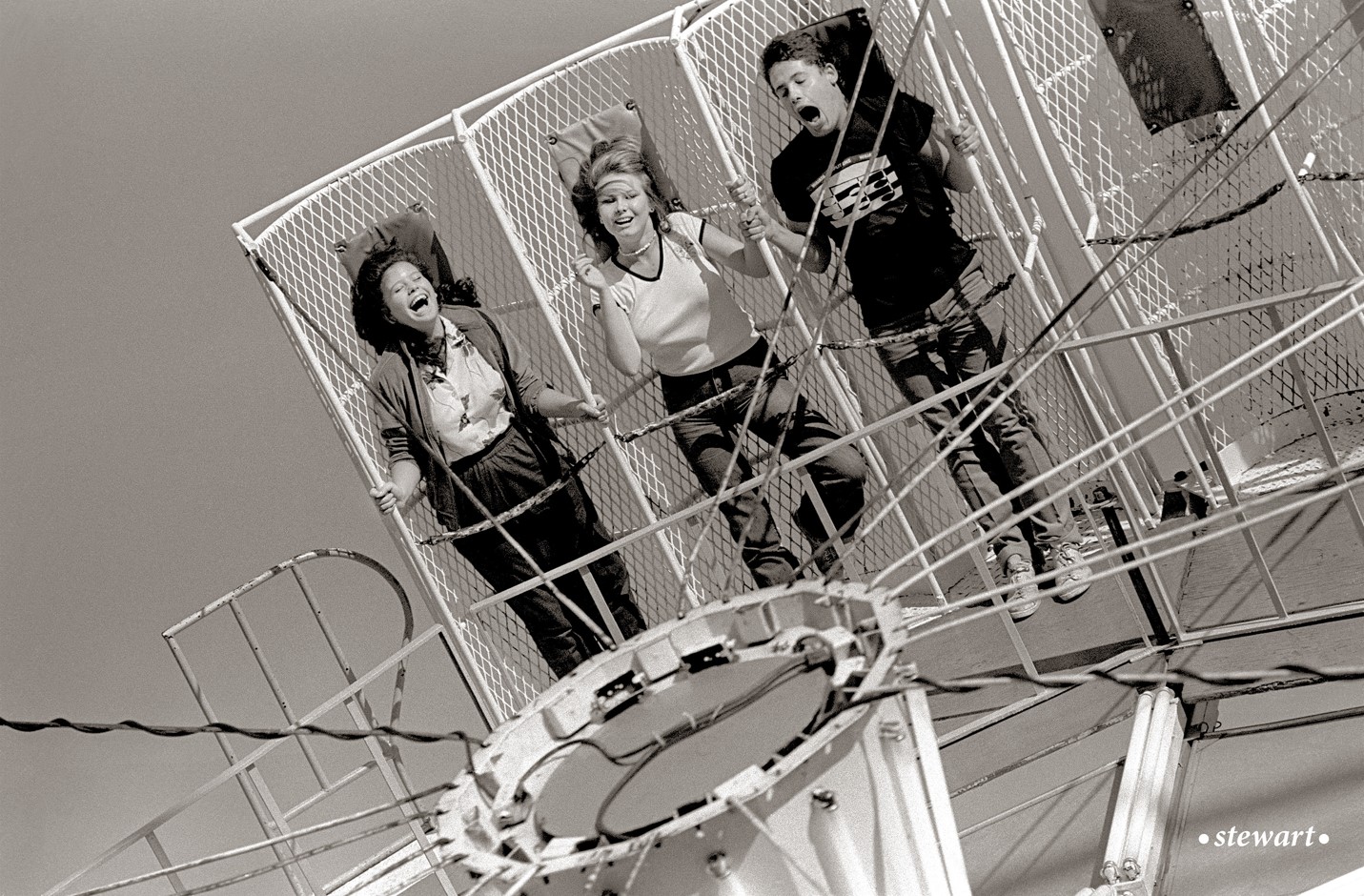
All photos were taken from the mid to late 1970s by Bruce Stewart.
For more stories like this one, check out Vancouver Exposed: Searching for the City’s Hidden History
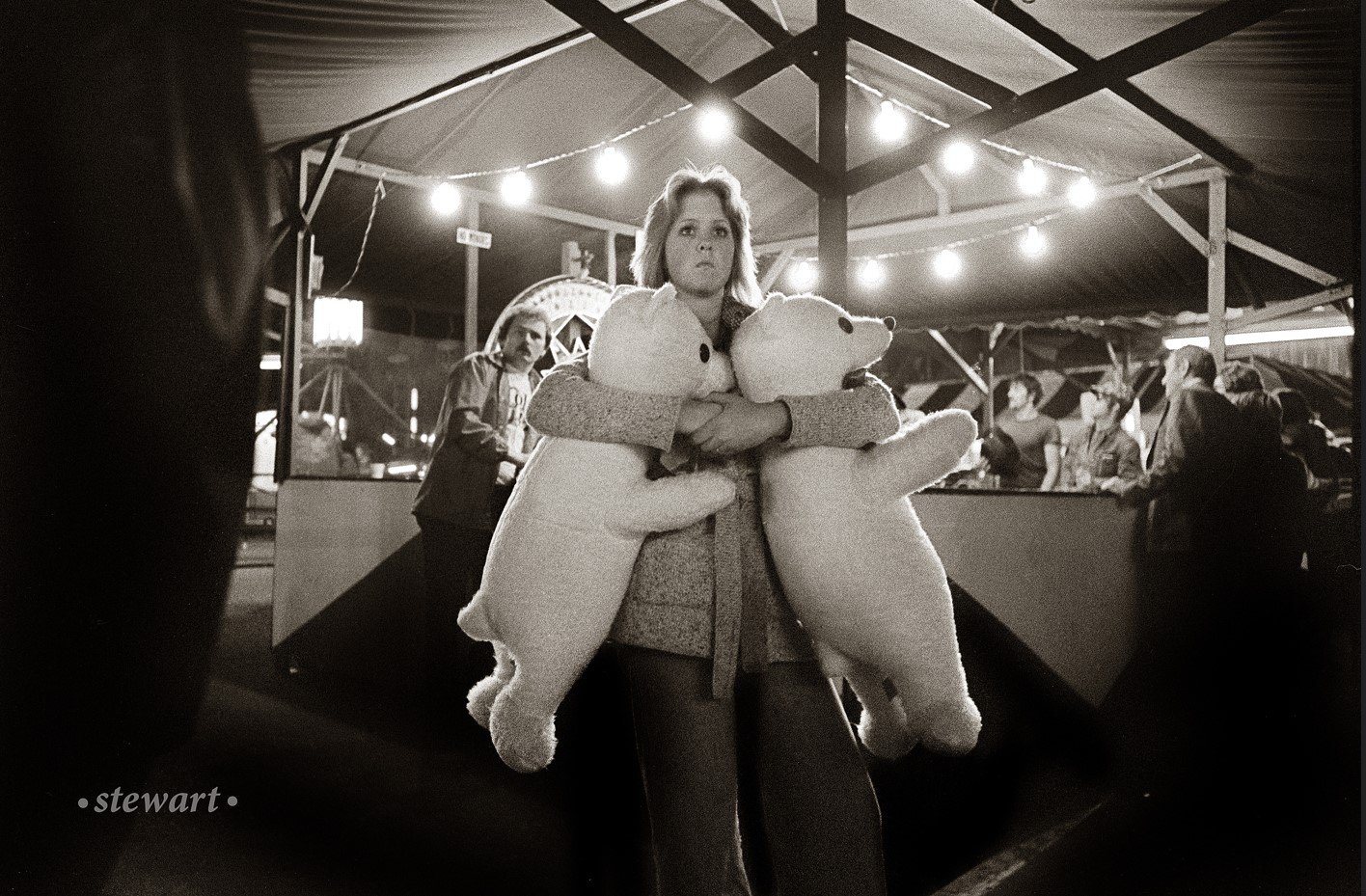
Terry: “They’ve taken the “Exhibition” out of the Pacific National. It’s just food vendors, Playland rides and games, the Superdogs, the concerts at night and only a few animals and farm displays. It is just about selling you something!” (ed. note: the SuperDogs never gets old. Loved taking the kids to them in the ‘90s, love them now).
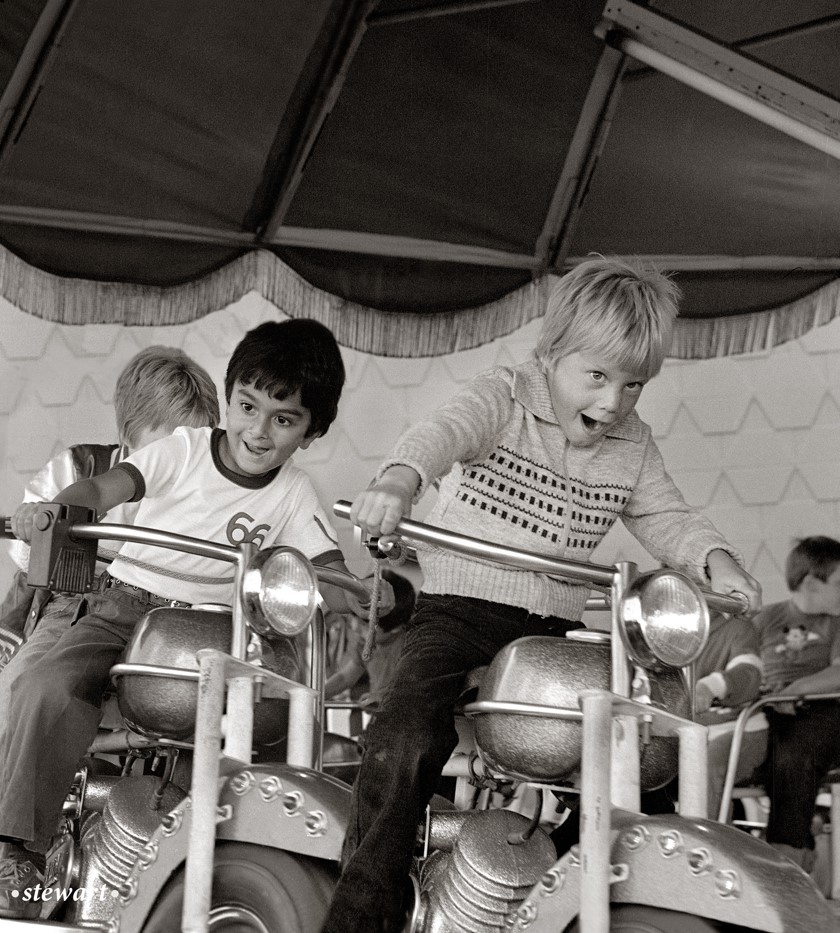
There was an issue over Dodgem versus Bumper car.
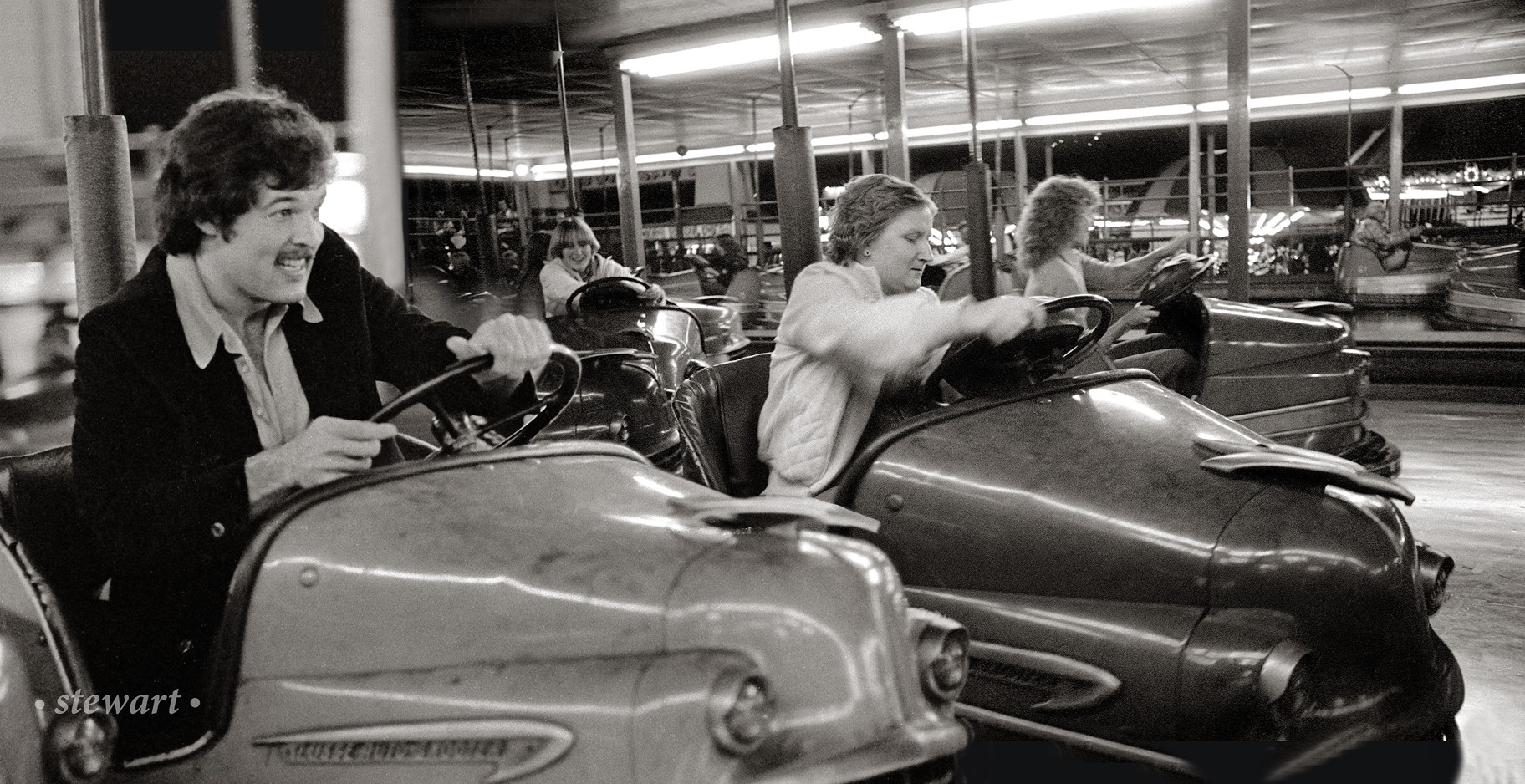
Dan: “Carny life. I worked night shift for a summer at Playland as a sweeper—sweeping cigarette butts in the rain. They would roll and disintegrate. It took us about two hours to do all areas of the site and then we hung out in our tent and gambled with cards until about 5 am when the Rotary Pie truck would arrive with a delivery of cheap pies. Yeah, that was the life.”
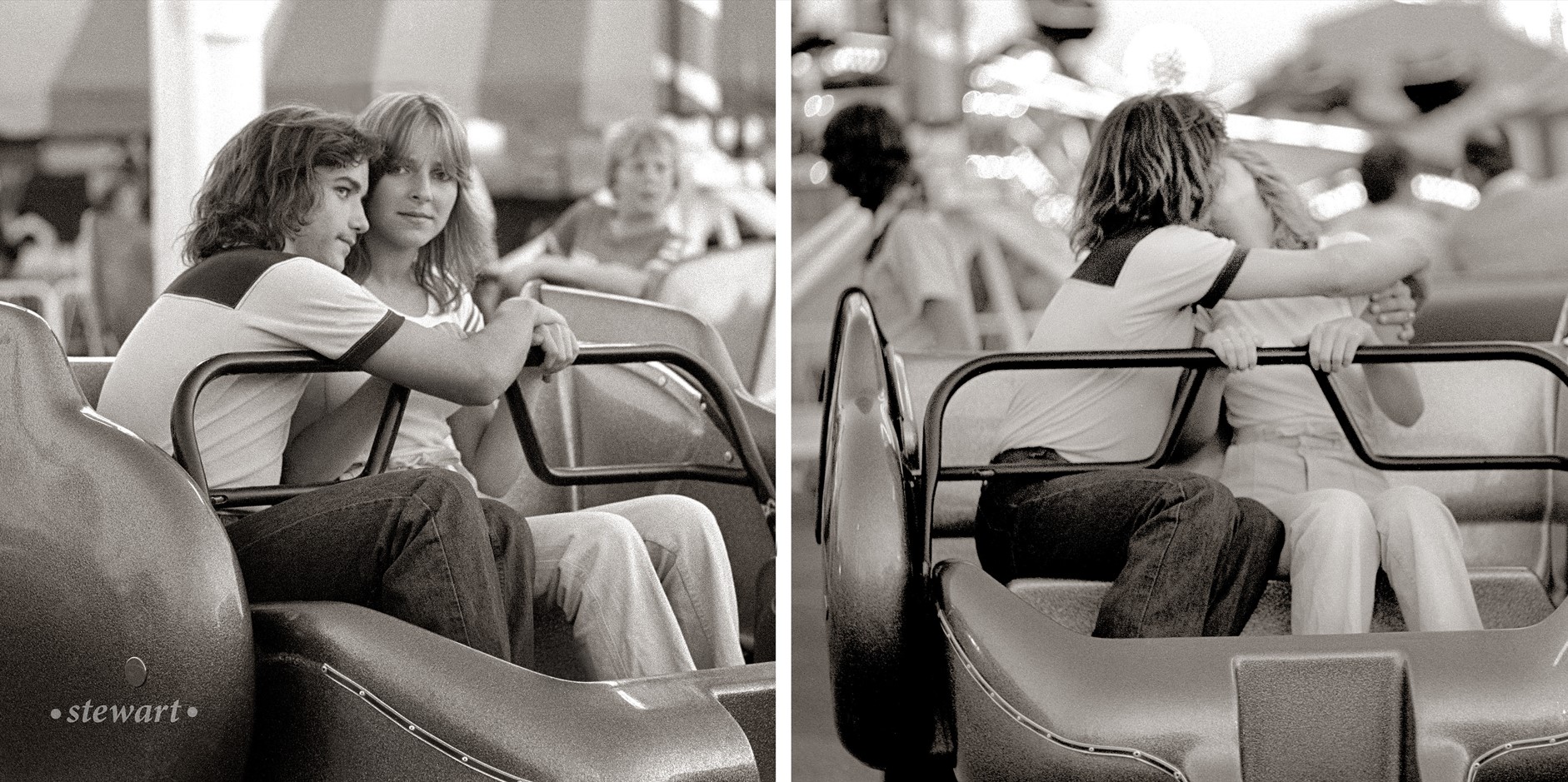
Nancy: “What about the mini-donuts?” (ed. note: I paid $9 for 12, but I think you could have got this down if you shopped around. Yeah, it was worth it.)
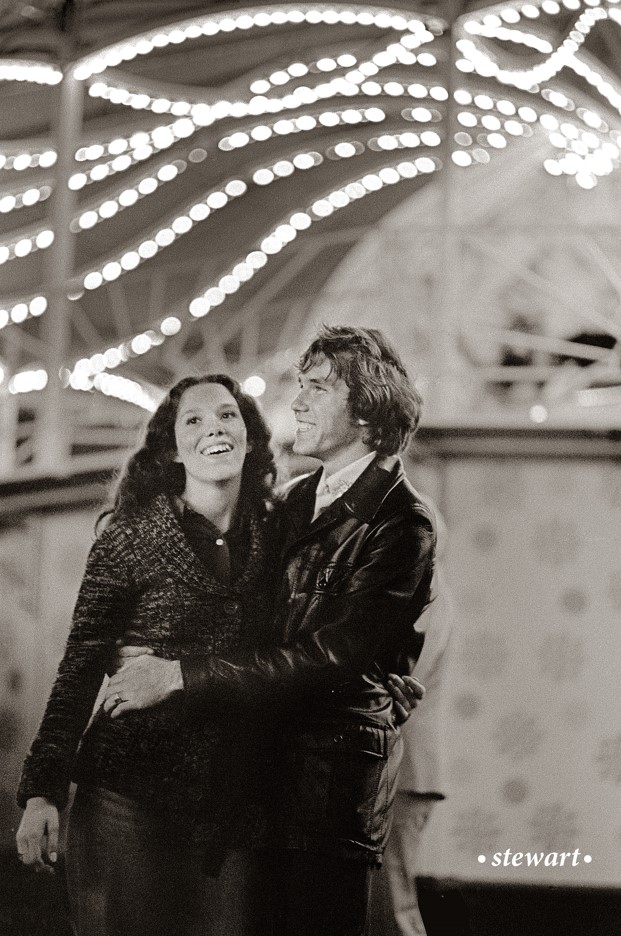
Christine: What’s missing? The building with the huge map of BC; the gardening/horticulture building with flower/plant displays/awards; the Food building with foods of the world; the PNE house to view/buy tickets; the needlework/sewing arts building; and the ant colony/bee hive displays. The midway was smaller. The shows were free. It was a place where families could have a great time, spend little, learn lots. Nighttime was magical.”
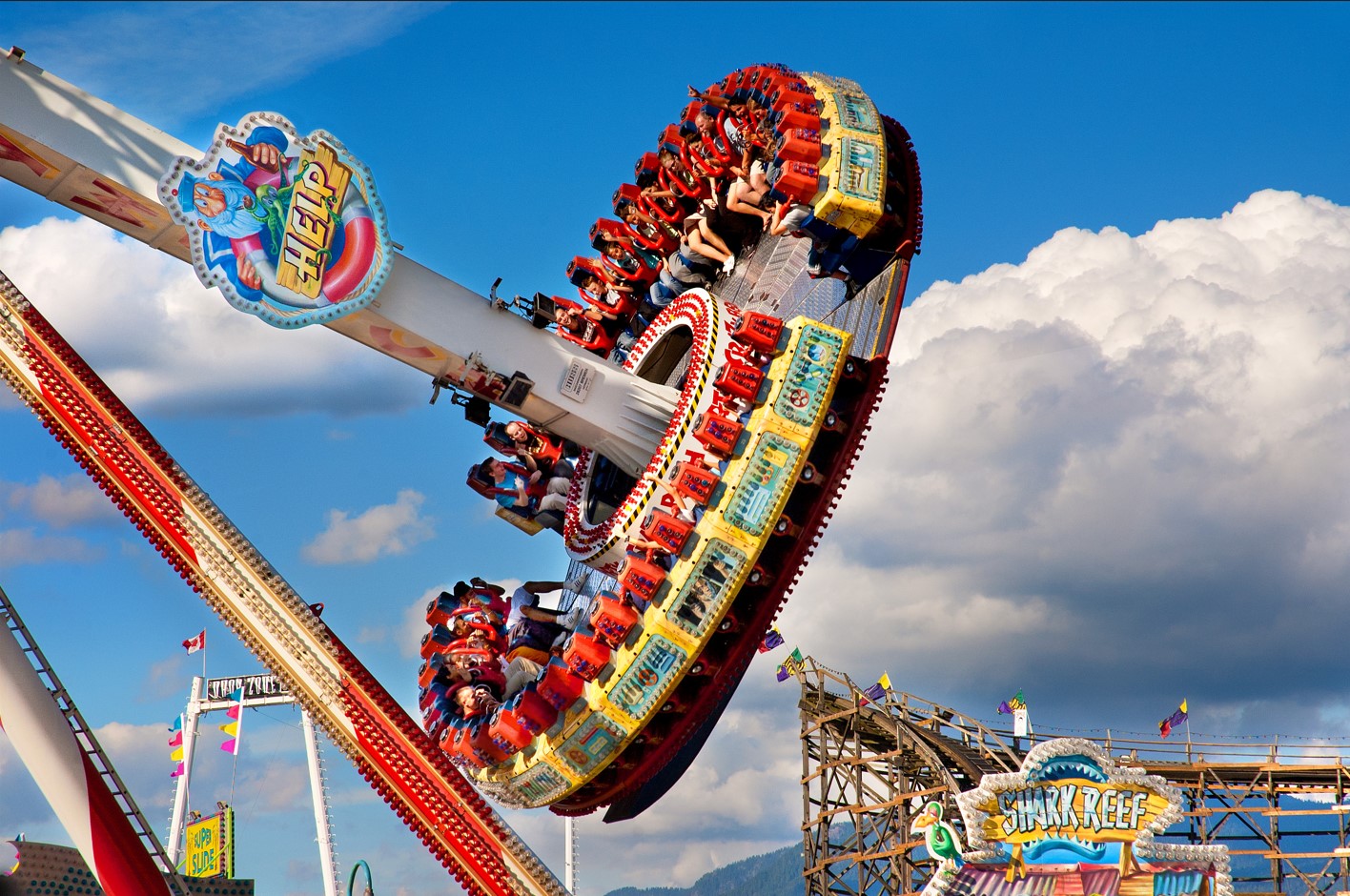
Troy: “It sucked when they got rid of the demolition derby, loggers show, the sky ride and all the buildings where the green space is now.”

Gord: “It’s changed a lot. Now it seems like just another second-rate amusement park. It’s expensive and not very exciting. Many of the attractions that we used to see are gone and replaced with a lot of booths selling the same junk.”
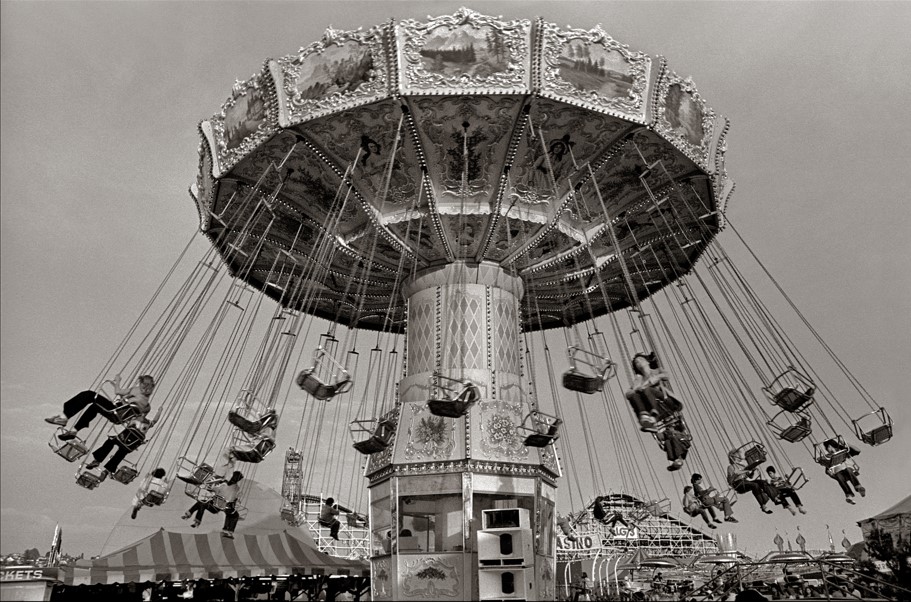
Donna: “The demolition derby was iconic! I remember going to cheer on my dad’s friend Charlie and he got hit, stalled and stuck almost immediately.”
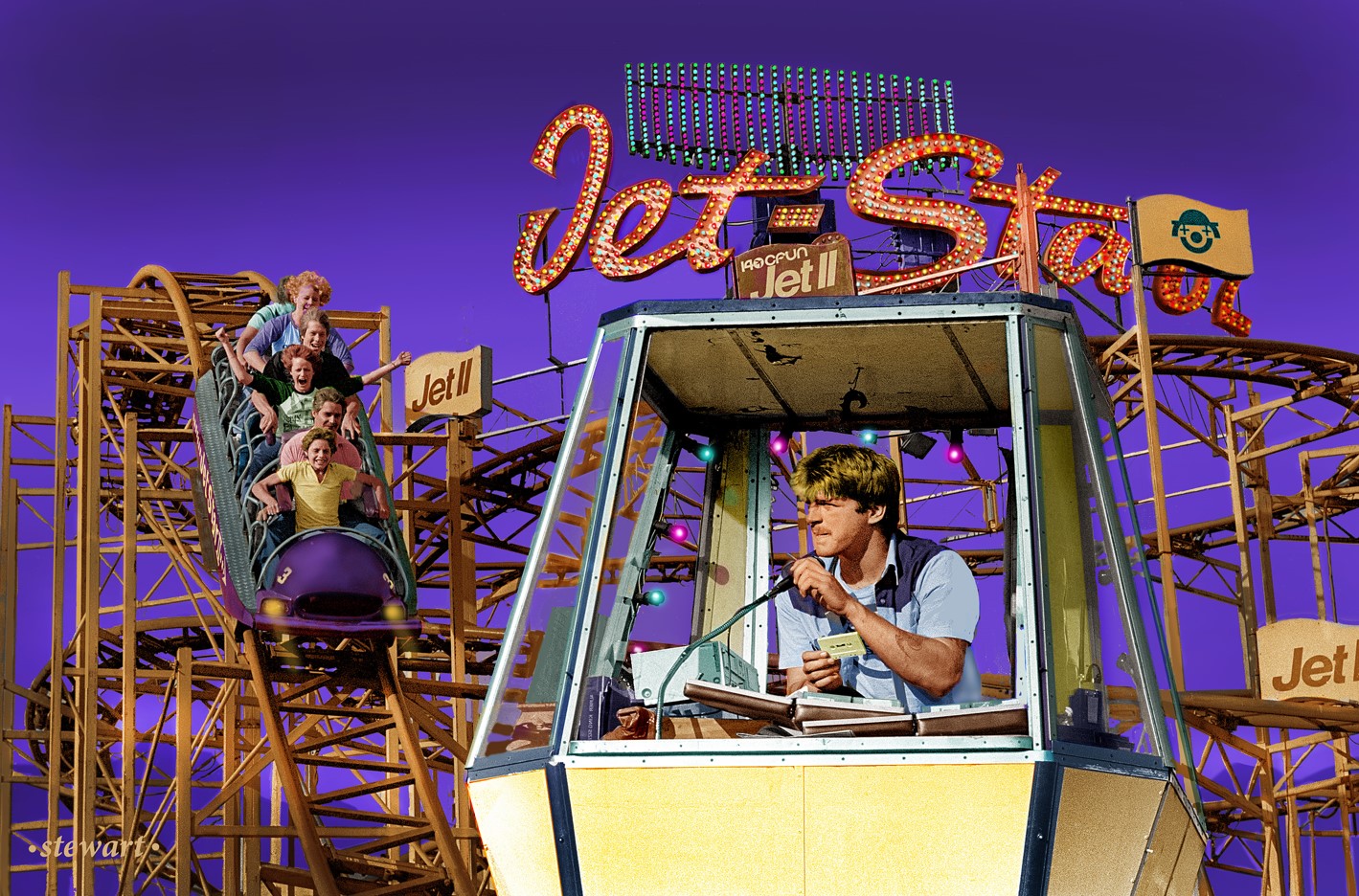
Andre: “No BC Building with the giant BC map. No PNE Prize Home on site for visitors to see and buy tickets. No real melted butter poured onto popcorn which was the BEST-ever.”
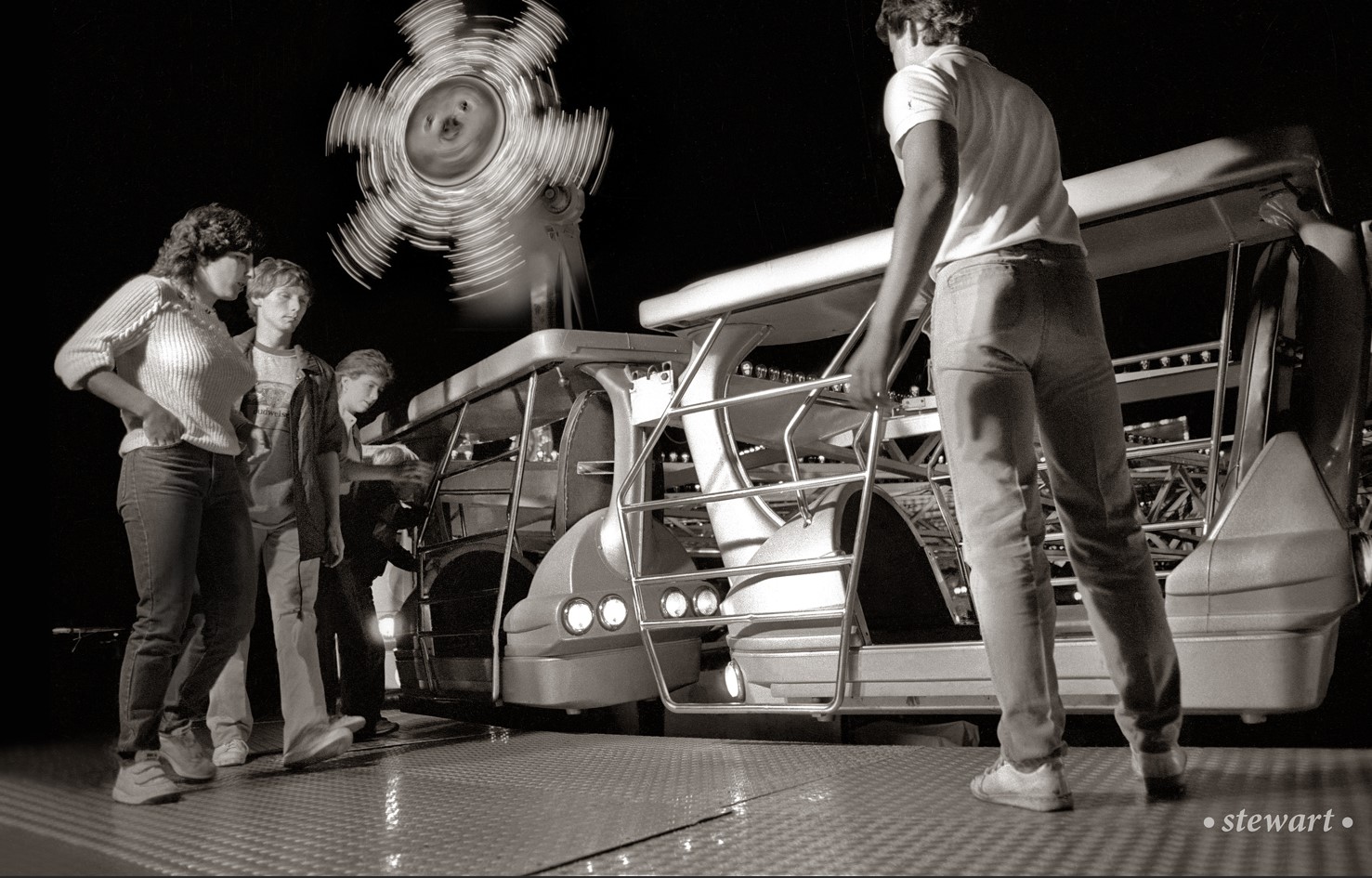
Jim: “The PNE house on site was always a must see. Now if you want to see it, you have to head out to Langley.”
Related:
© All rights reserved. Unless otherwise indicated, all blog content copyright Eve Lazarus.



